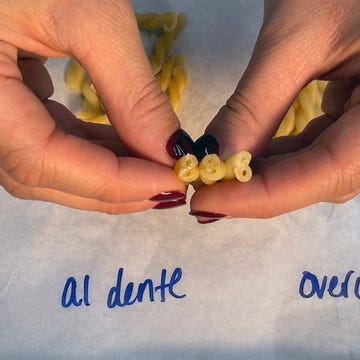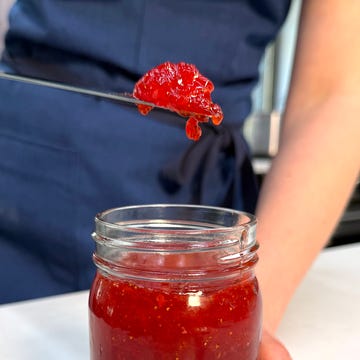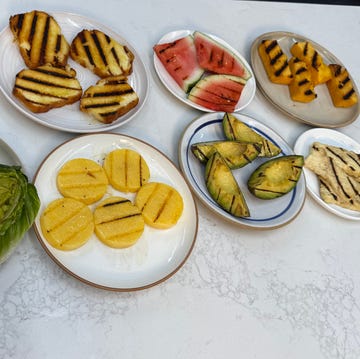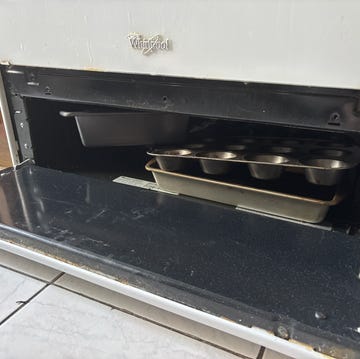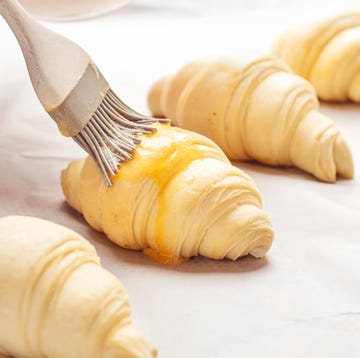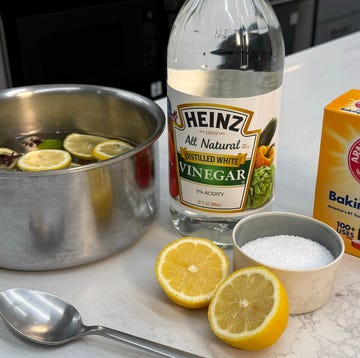What do a margarita, a Moscow mule, and a gin and tonic have in common? They’re all served with lime. It’s one of the most common garnishes you can find behind any bar, whether you’re at a local dive or a craft cocktail lounge. A lime's bright, tart flavor complements nearly every spirit, so it’s essential to have them on hand when mixing cocktails at home.
There’s no wrong way to use a lime (save for the nasty bottled stuff), but some techniques work better than others. Whether you’re squeezing juice into your shaker or placing a wedge on the rim of your glass, a few specific cutting methods will make the most of your fruit.
Cocktail experts Camille and Cody Goldstein of Muddling Memories break down the two essential lime preparations you need to know. These small changes will give you bartender-level beverages and make it even easier to shake up drinks at home.
Wedges
If you take a look behind any professional bar, you’ll probably find dozens of lime wedges reserved for chasing tequila shots and decorating the rim of cocktail glasses. It seems simple enough to slice a lime, but there is a bartender-approved method that maximizes efficiency and makes it even easier to use the wedge as a garnish.
It all starts by slicing a lime in half lengthwise. From there, one small cut that makes a major difference; with each half, you want to make a perpendicular cut across the center. This cut should be shallow and not pass through the peel. Lastly, you can cut each half lengthwise into thirds, leaving you with six total lime wedges.
That small, perpendicular slice should leave each lime wedge with a small slit in the center—so now you can secure the lime right on the rim of the glass without any extra work. This method is perfect for garnishing any cocktail that could benefit from a boost of zest and brightness.
Cheeks
If your goal is extracting as much juice as possible, you shouldn’t reach for a lime wedge. And you shouldn’t bother with a lime half, either, for that matter. Both of these methods retain the core at the center of the citrus. It may seem like it's not a big deal, but it can make it more difficult to extract the juice.
The solution: cutting around the core. Hold your lime vertically, then make four cuts around the core until you're left with two full cheeks, two half cheeks, and the center core. Leaving the core behind may seem wasteful, but you're actually ending up with more juice this way.
An experiment conducted by America's Test Kitchen revealed that lime cheeks can yield up to twice as much juice as a halved lime. Another major perk to this method: the core is where citrus seeds are stored, so you can use this same method with lemons to end up with a seedless squeeze every time.



